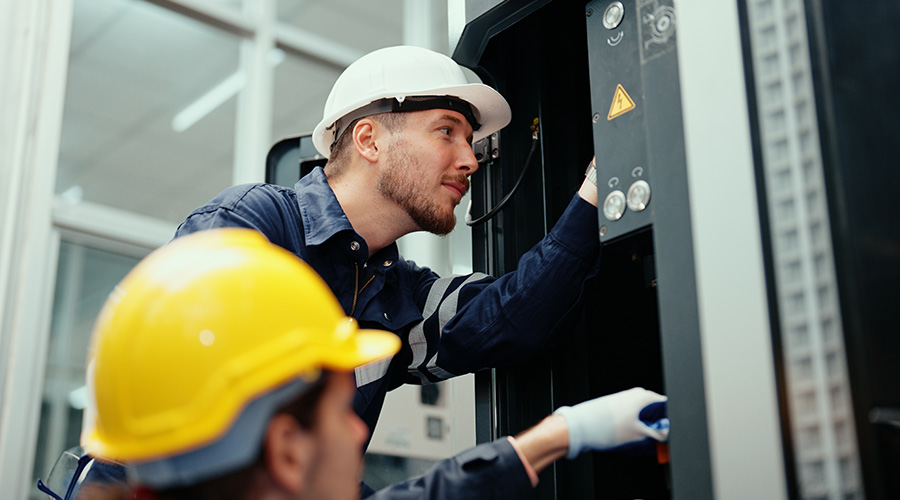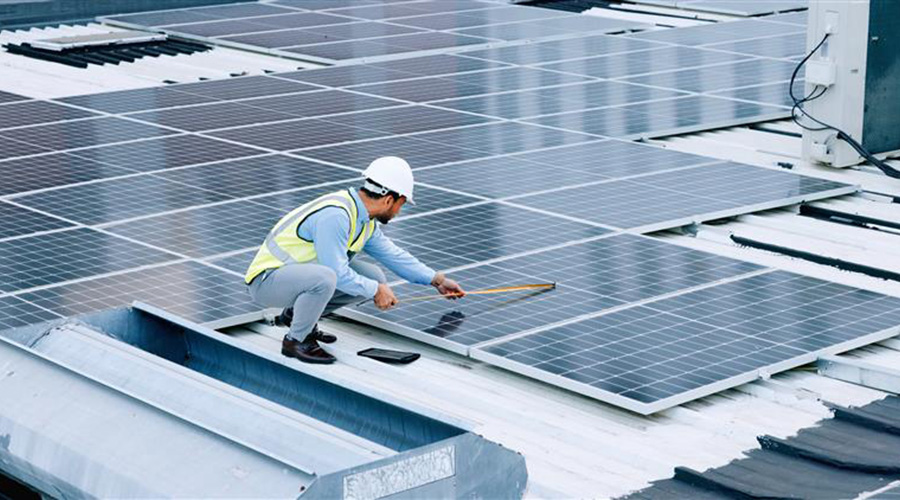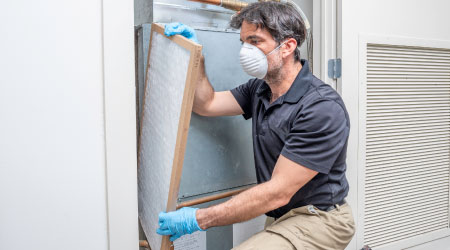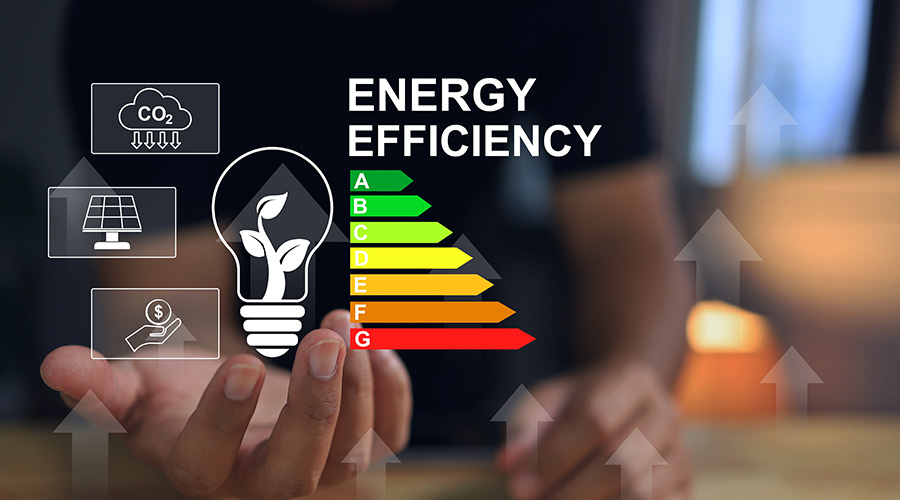Making the Repair-Replace Decision for HVAC Pumps
Reliable pump performance is an essential component of energy-efficient HVAC systems in institutional and commercial facilities. One major ongoing challenge for maintenance and engineering managers is to monitor and analyze the performance of pumps in order to understand when it is no longer cost-effective to continue maintaining them and replacement is the best option.
By understanding the key performance factors of pumps related to energy efficiency and reliability and by closely monitoring these factors, managers can both improve long-term pump performance and better prepare for the inevitable repair-or-replace decision.
Performance Matters
The first step in deciding whether to repair or replace a pump is to understand its performance level. High-efficiency pump systems are designed for specific applications in facilities. Among the common applications for pumps in HVAC systems are water treatment, condensate return, boiler feed water, chiller water in closed systems, water towers in open systems, and chemical proportioning.
The key to high-efficiency pump performance is matching the system curve, which is supplied by the user, with the pump's performance curve, which is supplied by the vendor. The point at which these two curves cross is the operating point, where head loss from the piping system matches head input by the pump. The system with the shortest pipe distance, the fewest bends, and the proper pipe diameter for the flow rate will result in the least energy spent in head loss and the most applied to useful work.
Related Topics:













